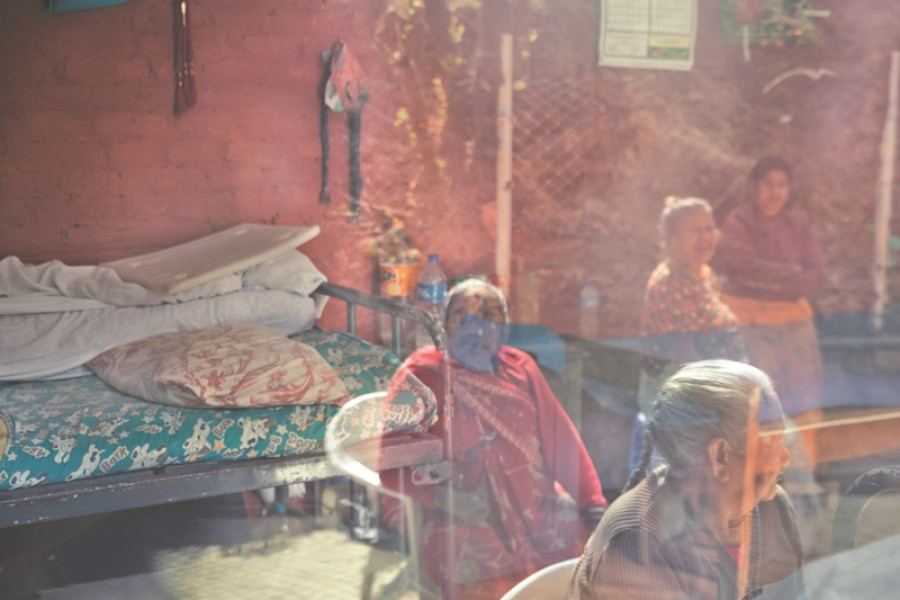Miscellaneous
Cast away
Leprosy has been feared in almost every culture for hundreds of years due to the deformities and disabilities it can bring along with the mystery surrounding its causes.
Leprosy has been feared in almost every culture for hundreds of years due to the deformities and disabilities it can bring along with the mystery surrounding its causes.
In Nepal, showing signs of leprosy has traditionally been shunned, accounting to the fear of the disease being easily communicable through air or contact. Even family members of the affected, almost always, have to go through the social stigma and suffer embarrassment. Leprosy is often considered the result of the wrong-doings from the past life.
Unfortunately, many lepers (including children and the elderly) are disowned by their family and are treated as outcast by the community. Instead of getting all the love and support they need, they are neglected and looked down upon.
While Nepal had achieved the elimination of leprosy as a public health problem in December 2009, according to WHO: approximately 3,000 cases are detected every year. Although the number of cases worldwide continues to fall, pockets of high prevalence continue in countries like Nepal, wherein one in every 10,000 of the population is believed to have been affected by the disease.
There are a few organisations looking after the leper community in Nepal. The photos are taken at New Sadle, an organisation in Kapan that takes care of leprosy affected children, senior citizens and social outcasts.
Text and Photos: Rabik Upadhayay
 Leprosy sometimes leads to visual impairment.
Leprosy sometimes leads to visual impairment.
 A girl who has found home in the organisation plays in the premises of New Sadle.
A girl who has found home in the organisation plays in the premises of New Sadle.
 Skill development for independence is an important part of the rehabilitation.
Skill development for independence is an important part of the rehabilitation.
 Most of them are unable to carry out regular day to day activities on their own.
Most of them are unable to carry out regular day to day activities on their own.own.
 They have access to very limited resources, but they don’t need much to be happy.
They have access to very limited resources, but they don’t need much to be happy.

Some patients have had led well-off lives before they were affected by the disease.
 The disease commonly affects the eyes, hands, feet and kidneys.
The disease commonly affects the eyes, hands, feet and kidneys.
 Free clinic within the premises covers for the regular checkups and treatments.
Free clinic within the premises covers for the regular checkups and treatments.
 The elderly people understand each other and have almost similar stories to share.
The elderly people understand each other and have almost similar stories to share.
 Lepers are integrated into a co-working space and environment with non-lepers.
Lepers are integrated into a co-working space and environment with non-lepers.
 There are staff who work tirelessly to take care of the patients.
There are staff who work tirelessly to take care of the patients. 



 13.12°C Kathmandu
13.12°C Kathmandu









